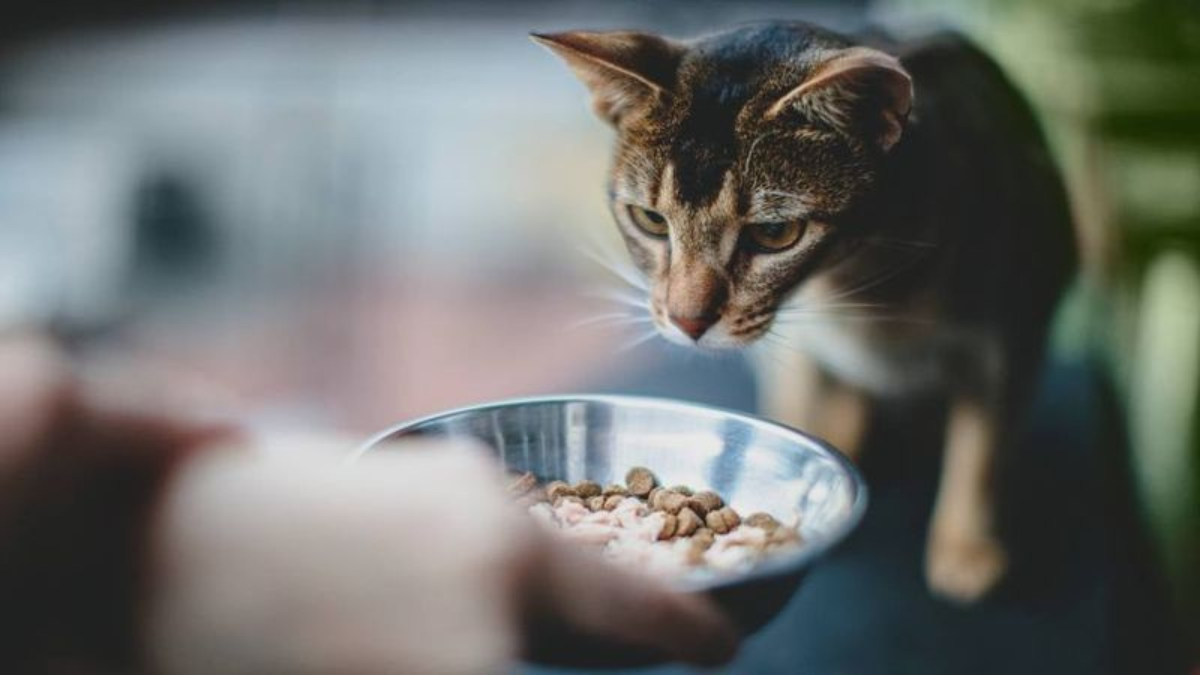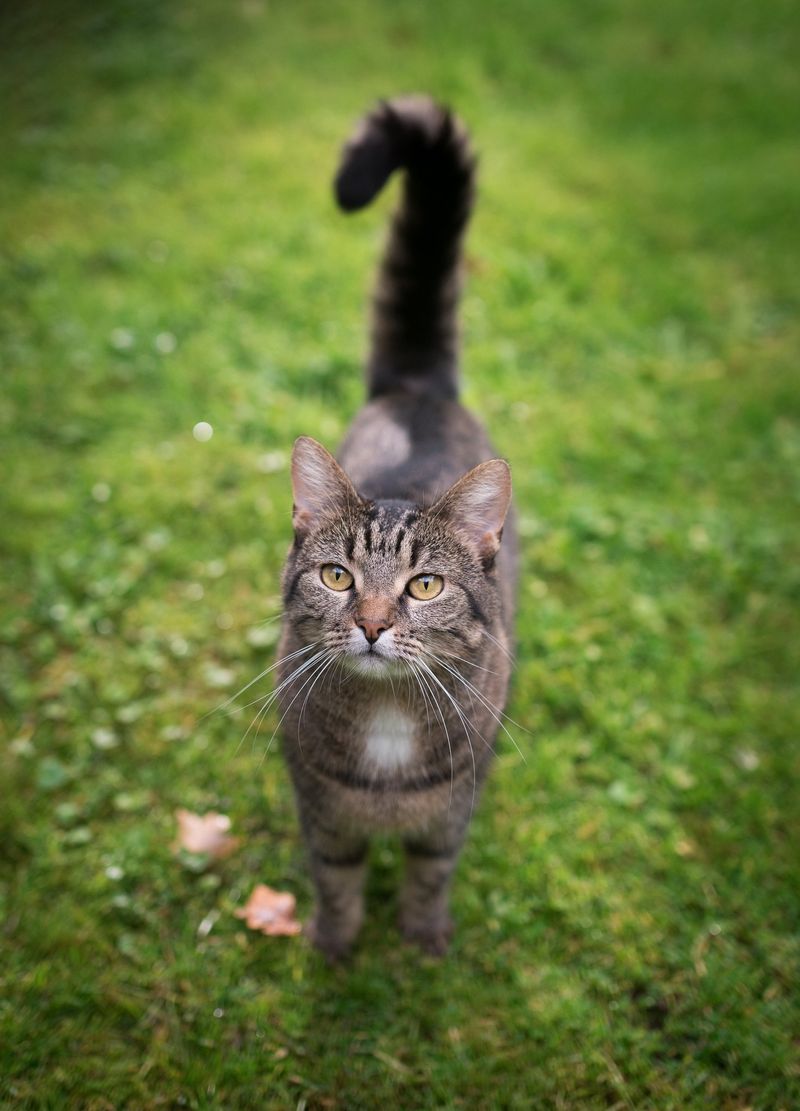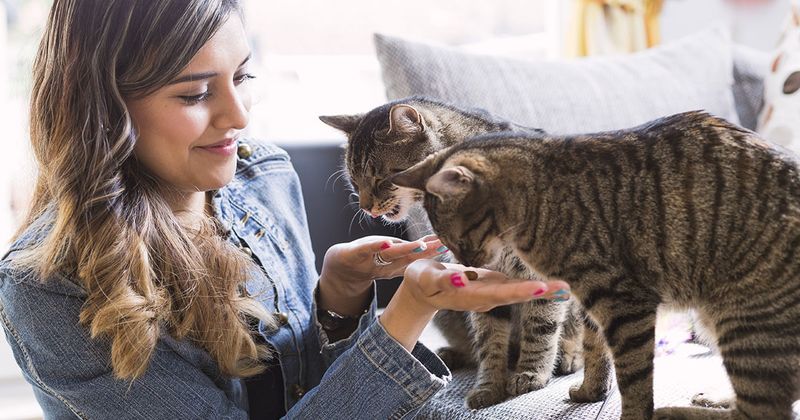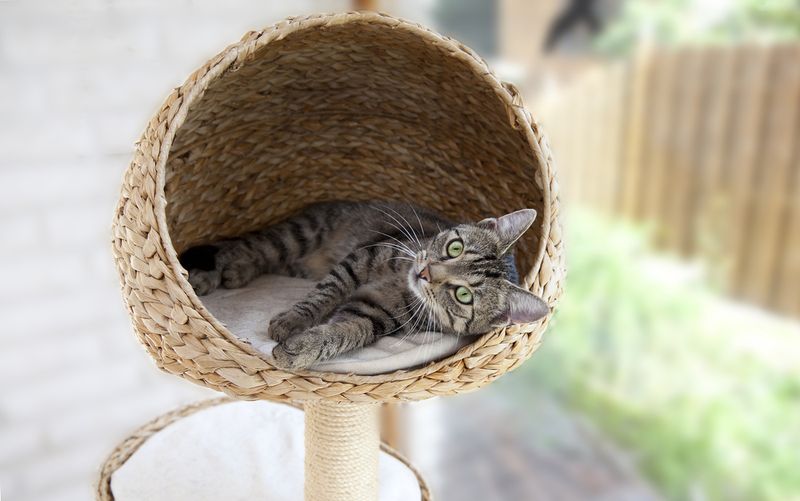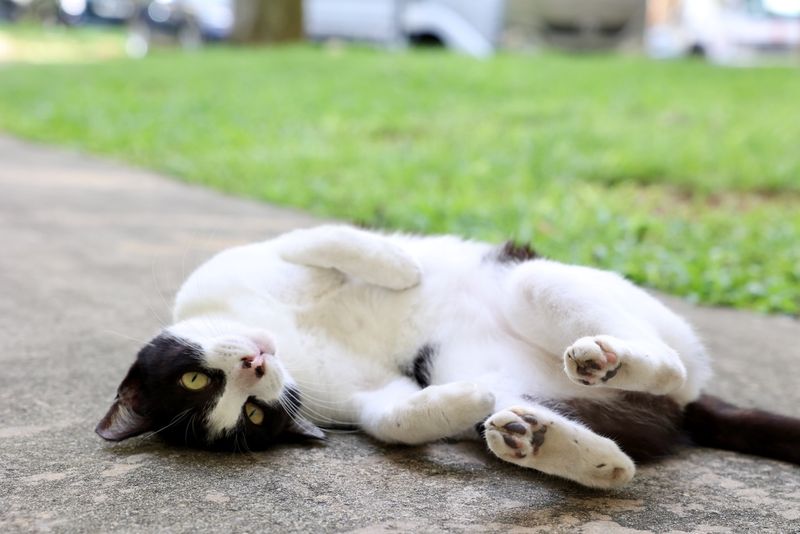📖 Table of Content:
Finding out that a neighbor is feeding your cat without your consent can be frustrating, but it’s not an uncommon situation. It’s important to approach the issue calmly and with understanding, as your neighbor may simply be acting out of kindness. By addressing the situation in a thoughtful manner, it’s possible to find a solution that works for everyone involved.
Cats are independent creatures, and their behavior can sometimes lead to misunderstandings with neighbors who may think they’re doing a favor. However, it’s essential to maintain control over your pet’s feeding routine to ensure their health and well-being. Clear communication is key to resolving the issue without causing tension.
There are several effective ways to prevent this from happening in the future, while still fostering a positive relationship with your neighbor. From polite conversations to offering alternatives, these strategies will help protect your cat’s dietary needs. These approaches can help maintain boundaries while preserving the good rapport you have with your community.
1. Friendly Conversation
Approach your neighbor calmly, coffee in hand, ready to have a friendly chat. Begin by thanking them for caring about your cat; this sets a positive tone for the conversation. By showing appreciation, you’re more likely to foster understanding and avoid any tension.
Delve into explaining your concerns, especially if your cat has dietary restrictions. Many neighbors unknowingly feed cats, unaware of potential health issues. Kindly share insights about your cat’s diet. This gentle approach fosters goodwill and creates an opportunity for mutual respect and cooperation.
2. Install a Collar Tag
Your cat, exploring the backyard, proudly showcases a new collar with a tag. This isn’t just any tag; it carries a clear message like ‘Please do not feed me.’ This simple addition can work wonders. The tag serves as a direct, non-verbal request to the neighborhood, urging them to refrain from feeding your feline friend. It also adds a touch of style to your cat’s appearance.
With a collar that speaks for your pet, you’re establishing boundaries in a gentle, passive manner, ensuring your cat’s diet remains under your control.
3. Use Positive Reinforcements
Picture this: your living room filled with warmth, and your cat’s eyes glistening as you hold its favorite treat. Positive reinforcement isn’t just for tricks; it’s a way to encourage your cat to stay home. Increase the time spent indoors by associating it with delightful rewards. This keeps your furry friend happy and less inclined to wander towards the tempting treats next door.
Cats, like us, are creatures of habit. By making your home the ultimate haven, you gently dissuade them from seeking outside culinary adventures.
4. Create a Cat Paradise
Visualize a room transformed into a feline wonderland, filled with climbing towers and soft pillows. Making your home a cat paradise can significantly reduce your pet’s urge to roam.
By providing ample entertainment and comfort, your cat will find joy within the confines of your home. Scratch posts, interactive toys, and cozy nooks become irresistible attractions. Investing in such amenities means fewer reasons for your cat to stray outside, reducing interactions with neighbors. A happy cat at home lessens the chance of unwanted feeding habits developing.
5. Talk to Other Neighbors
Politely address the issue with your neighbor, acknowledging their kindness toward your cat. Explain your preferences and set clear boundaries moving forward. By sharing your concerns about unauthorized feeding, you might find unexpected allies. Many neighbors may have faced similar issues and can offer support or advice.
This collective effort fosters a sense of community and shared responsibility towards pets. It also raises awareness of the impact of feeding other people’s pets without permission, encouraging more conscientious behavior.
6. Educate with Flyers
Create informative flyers that highlight responsible cat care and feeding practices. Post them in common areas such as bulletin boards to raise awareness in your community. This approach helps educate others and encourages better pet care habits.
These flyers serve as gentle reminders about the implications of feeding someone else’s pet. They might include fun facts or tips about cat nutrition, making them both informative and engaging. By spreading awareness creatively, you not only address the issue directly but also enhance the community’s understanding of your concerns, promoting a harmonious neighborhood.
7. Install a Camera System
Imagine the peace of mind that comes with knowing your cat’s every move is monitored. Installing a camera system allows you to observe interactions with neighbors discreetly. These cameras deter unauthorized feeding by making neighbors aware of being watched. Capturing these moments can provide evidence if further discussion is needed.
Beyond this, cameras enhance overall home security. Knowing your feline’s whereabouts reassures you, ensuring it remains safe and follows its dietary regimen without interference.
